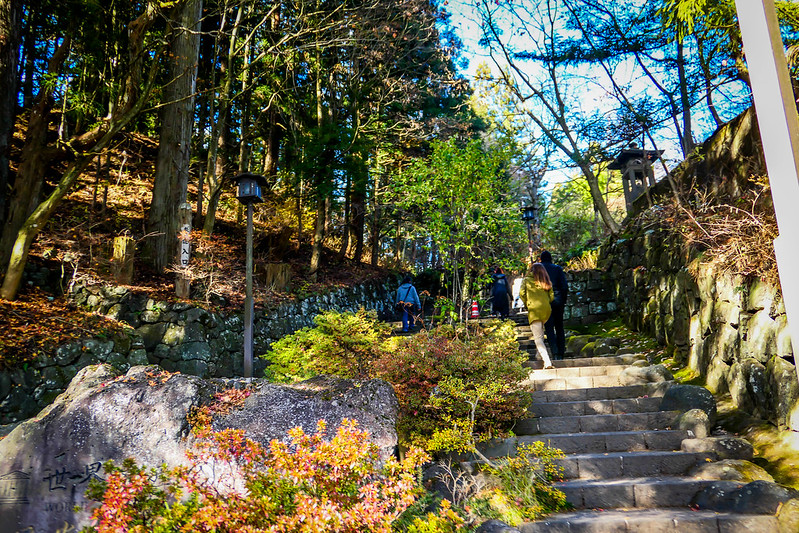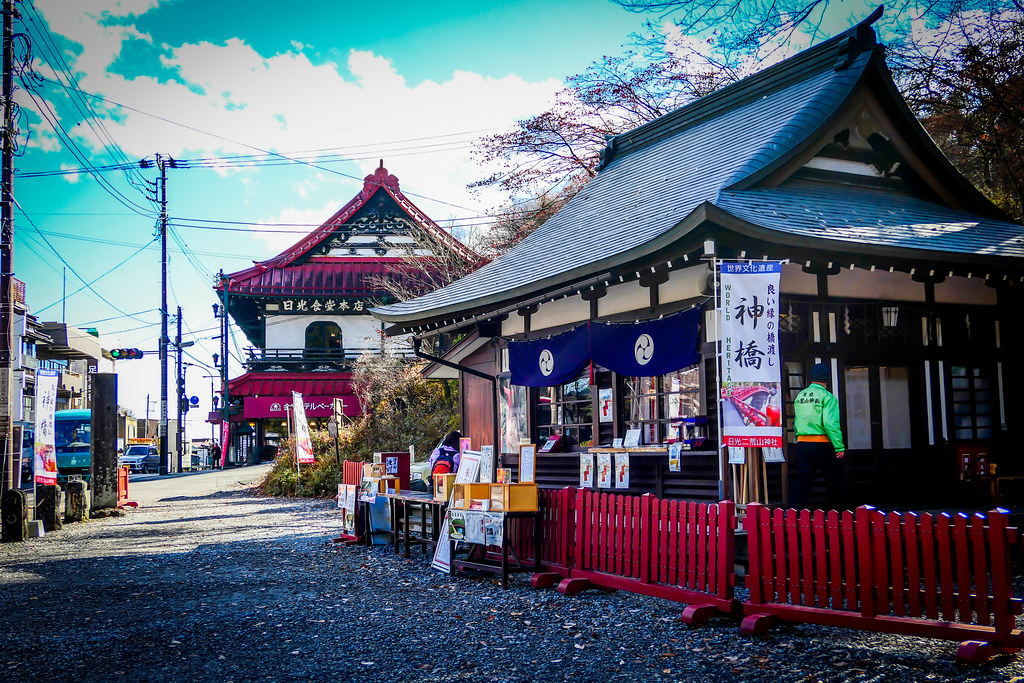
As I continue with my coverage of Nikko, it’s time to make my way to Nikko National Park.
At first, I want to extend my gratitude to the locals of Nikko, as one of the things I like to do is get lost in a city to discover areas on my own, I was able to see wonderful shrines. But one problem, google maps wasn’t cooperating, so in essence, I was a bit far off and I was in residential areas with various paths.
I was able to communicate with a few of locals who were able to point me to the right direction, including one woman who was on her daily walked and eventually led me to the right path.
As we walked, she spoke to me about the snow in Nikko and how I went during the right time as a month or two later, the snow would have filled the area and be a little uncomfortable.
Nikko’s weather I read is comparable to north Hokkaido but despite being closer to Tokyo, Nikko is in a higher elevation (about 4,2. The average temperature is around 7C/44F and during the summer it reaches around 22C/72F (Hokkaido gets a lot of rain during the summer), while in the cold winter it goes down to -8C/17F.
But for the most part, she explained to me that she was born and raised in Nikko and how she loves her city.
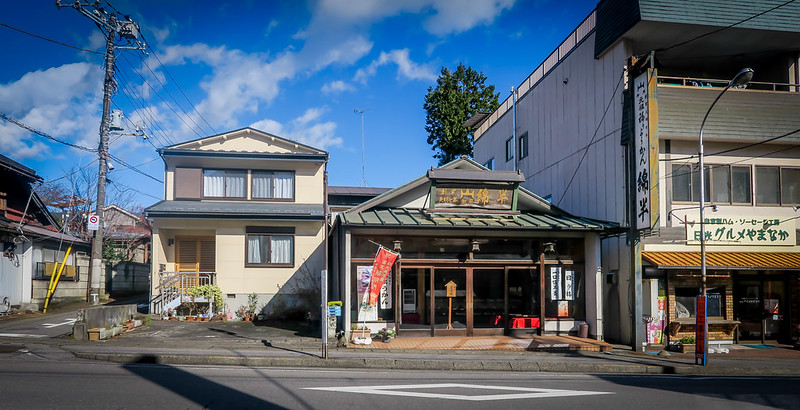
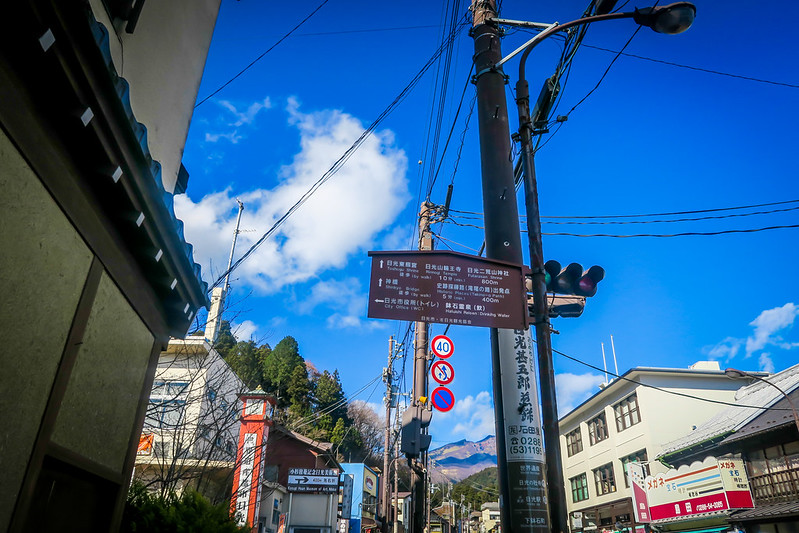
As we walked, I looked at the various shops that lined the streets. She told me about the various areas in the mountains, where they have festivals and more!
Because of Nikko’s many mountains and its waterfalls, the area is known for a source of hydroelectric power. Also, the area is known for mining of copper, aluminum and concrete.
Prior to the entrance and the Shinkyo Bridge, one will want to visit the Nikkoshikyodo Center (Nikko Tourist Information Center).
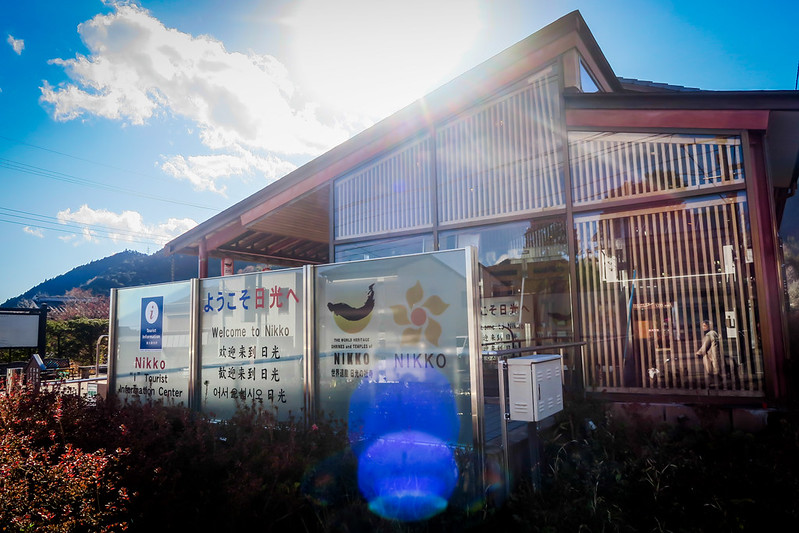
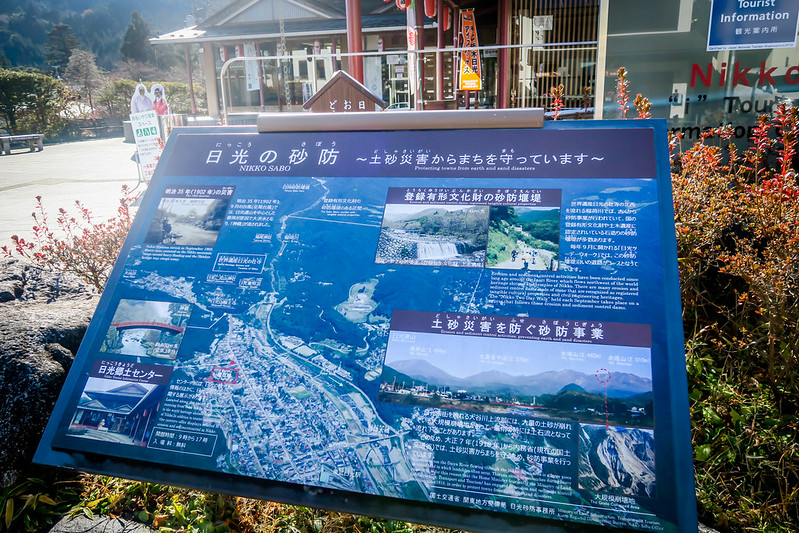
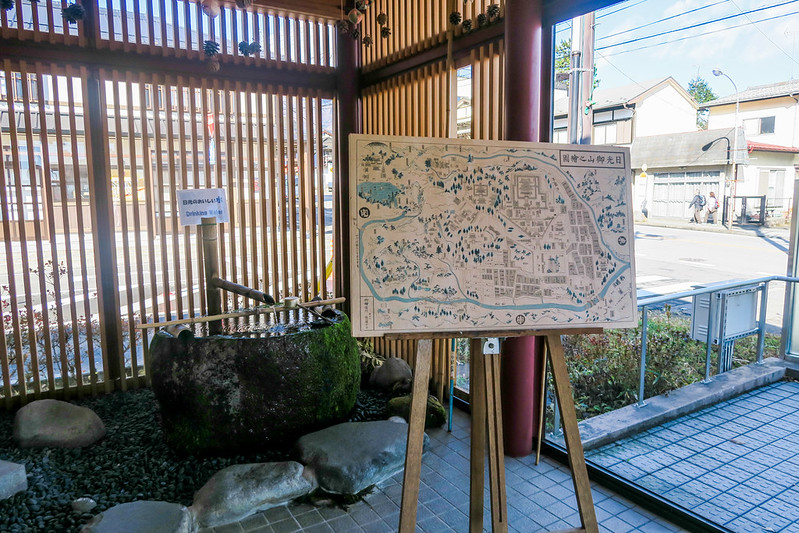
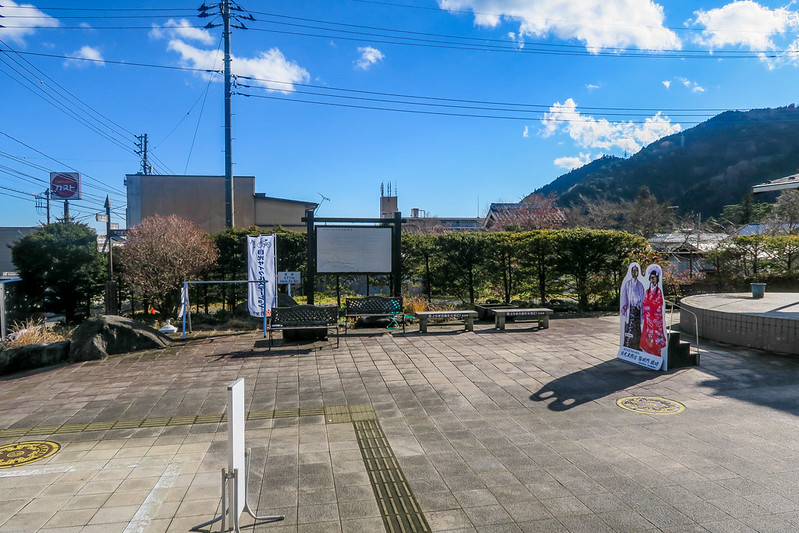
The Nikkoshikyodo Center/tourist information center has brochures in both Japanese and English. But the place has a lot of information in regards to Nikko.
Shodo Shonin established the temple of Rinno-ji back in 766 and the temple of Chuzen-ji was established in 784. Villages were developed around these two temples and the Shinto shrine of Nikko Tosho-gu was completed in 1617 and since then, the area became a tourist attraction (as far back as the Edo Period), especially as it became the burial place of shogun Tokugawa Ieyasu.
In terms of when Nikko would attract foreign visitors, it would date back to the Meiji Period as Nikko became a mountain resort and it helped with the establishment of the two lines bringing people from farther areas.
While Nikko was designated a town in 1889, it wouldn’t become a city until 1954 when it merged with the village of Okorogawa. And in 2006, Nikko absorbed the city of Imachi, the town of Ashio, the two of Fujihara and the village of Kuriyama and became the new city of Nikko.
As you move past the Information center (about ten minutes walking left from the information center), you then are near the Shinkyou Bridge, which I did a blog post before.
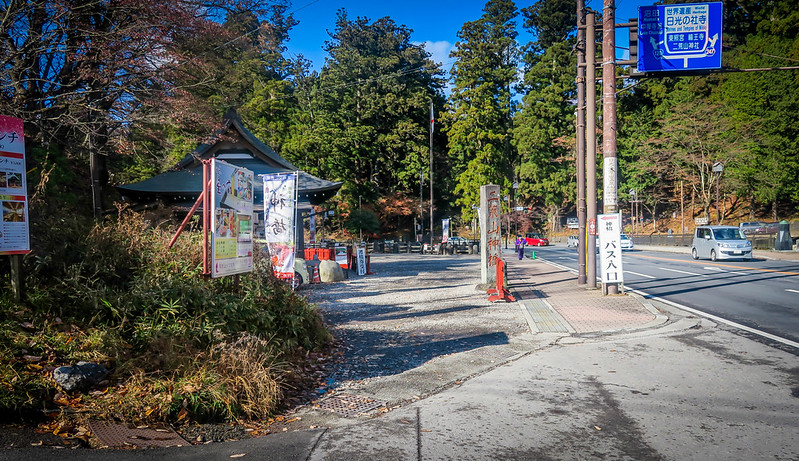
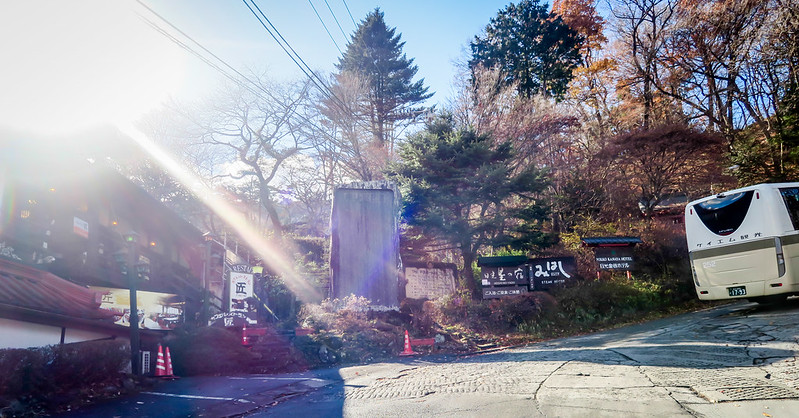
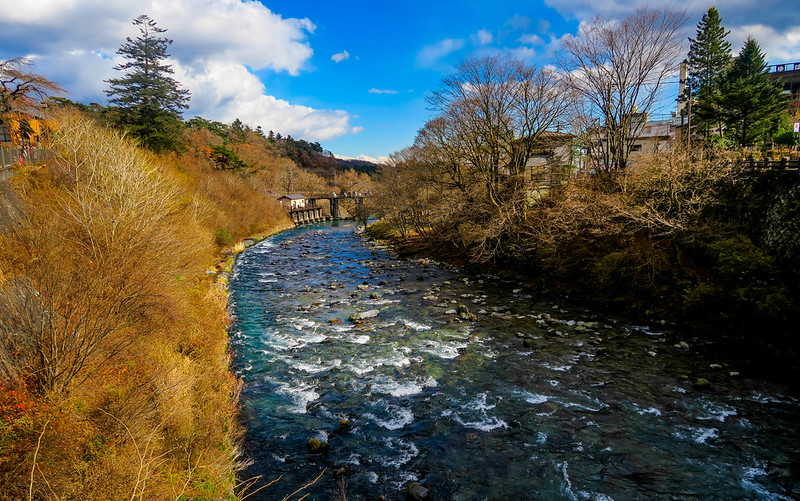
You will see a bronze statue on right, this is the Buddhist Statue of Amami. Daishi Amami is a monk of the Tendai sect who served as a close aide to Tokugawa Ieyasu. He was deeply involved in the court policies and religious policies of the early Edo Shogunate.
While Amami is known for his compassion, a rumor has persisted over the centuries that Amami is actually, Mitsuhide Akechi (Jubei), a samurai and general who lived during the Sengoku period and was a general under Daimyo Oda Nobunaga, famous for his rebellion against Nobunaga in 1582, which led to his death at Honno-ji. There is no proof of this, whatsoever, and the real Mitsuhide supposedly died while fleeing the battle of Yamazaki by the bandit leader Nakamura Chobei.
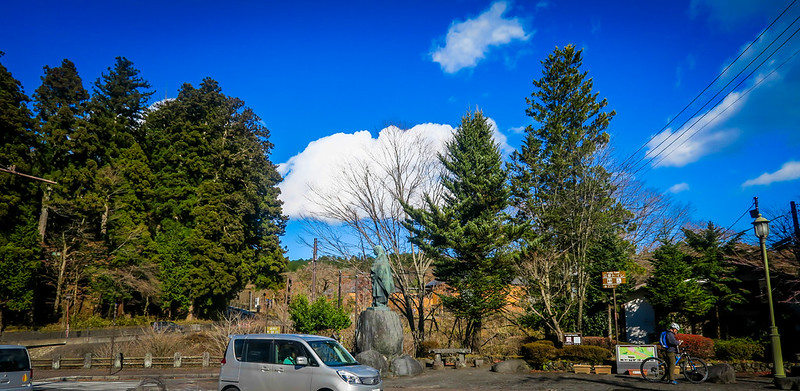
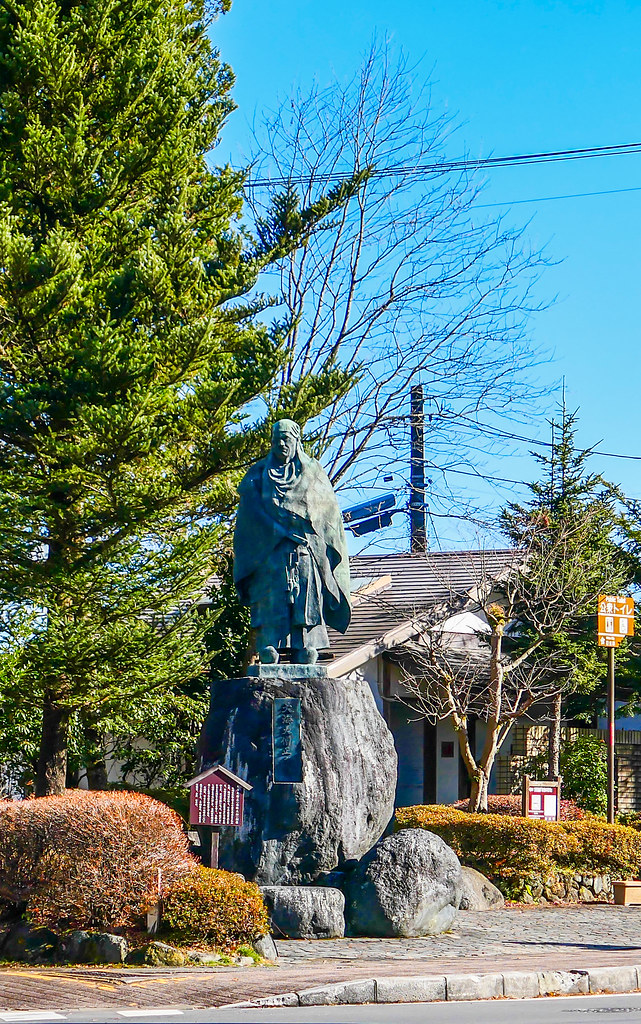
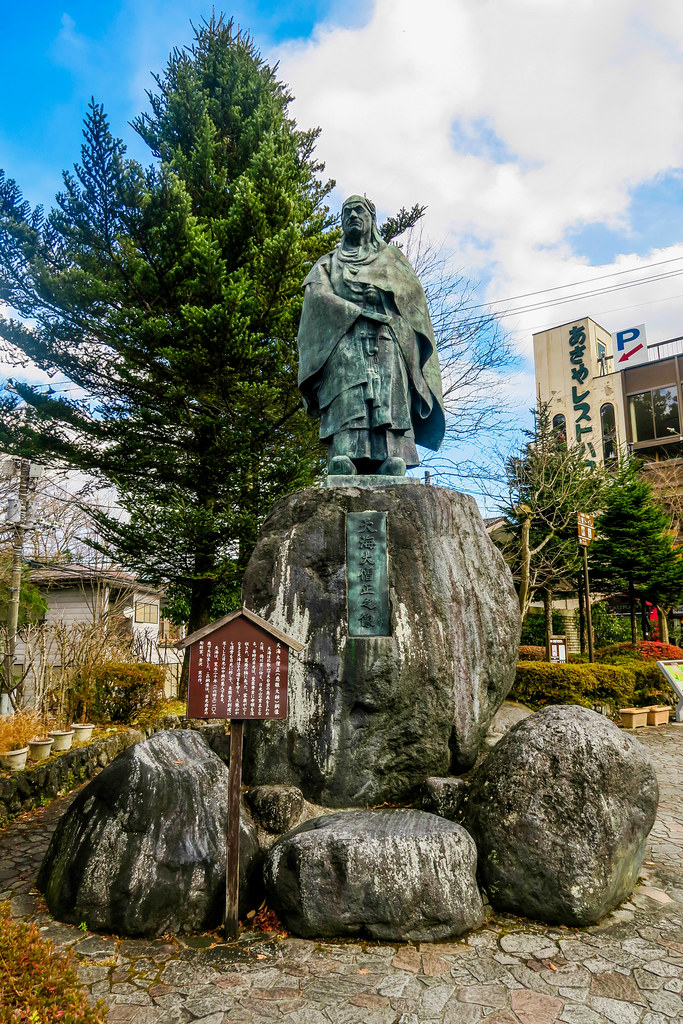
There is another statue on the opposite side right before Shinkyo Bridge and it’s the Itagaki Taisuke Statue (Itagaki Taisuke Dozo).
Itagaki’s best known as the leader of the Freedom and People’s Rights Movement (Jiyu Minken Undo), Japan’s first political party and he is featured on Japan’s 1953 100-yen bank note and also the 50-sen.
This statue was built in Showa 4 (1929) and to pay respect to Commander Ishigaki who confronted the Shogunate Army during the Boshin War (1868) and persuaded them to avoid battling in the area and avoid exposing the shrines of Nikko to war. So, the battlefield was moved to Imaichi, thus protecting the shrines from damage.

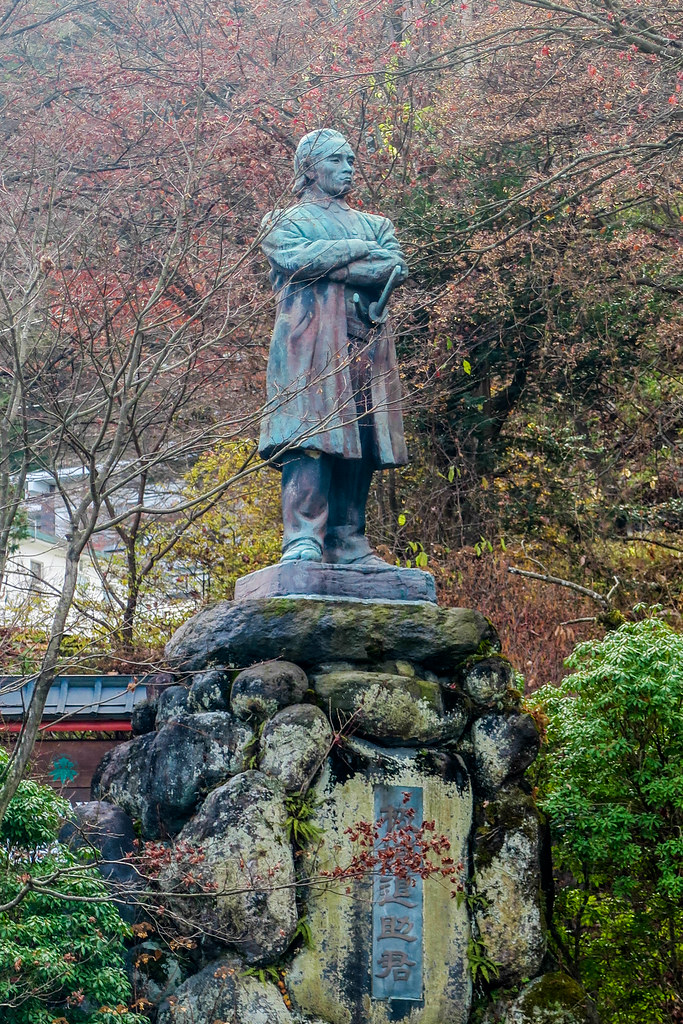
The Shinkyō Bridge (sacred bridge) is one of the popular sights to see before entering Nikko’s shrines and temples.
The bridge was constructed in 1636 but another bridge was once there in the same spot prior to the Shinkyo Bridge and is ranked in the top 3 of Japan’s finest bridges.

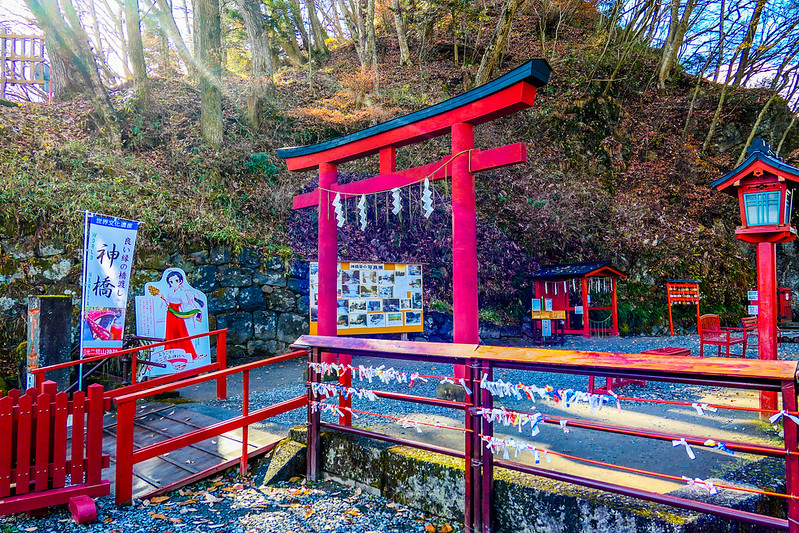


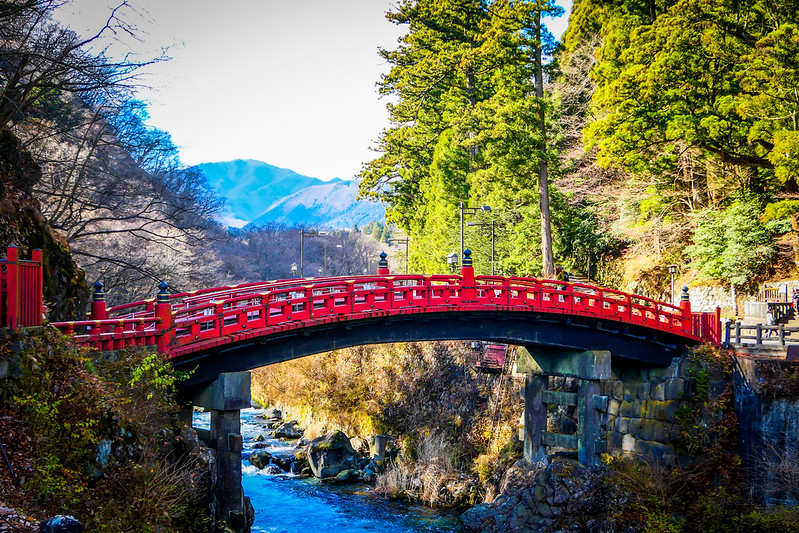
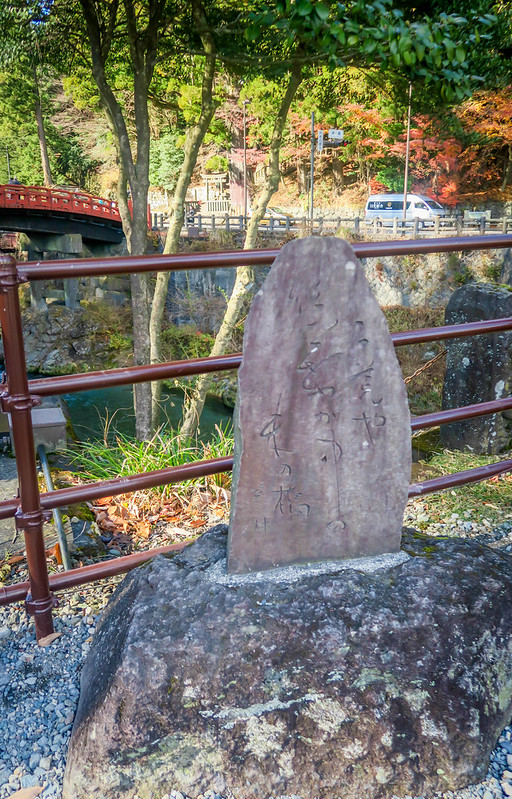
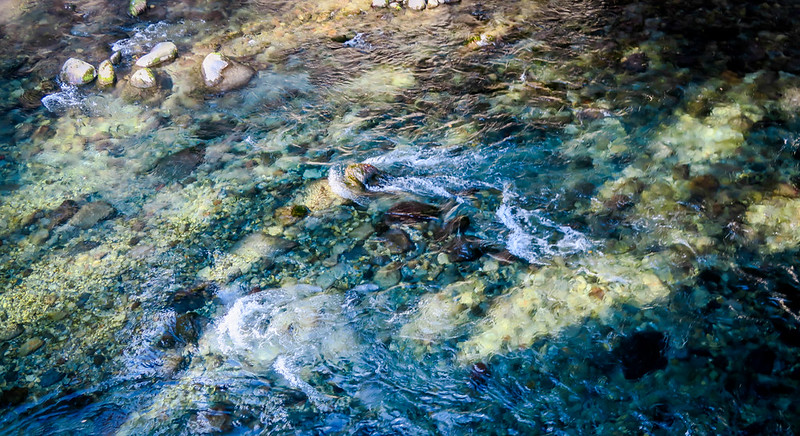
So, now it’s time to head to the main area, which I will post more about in the next Nikko blog post!
